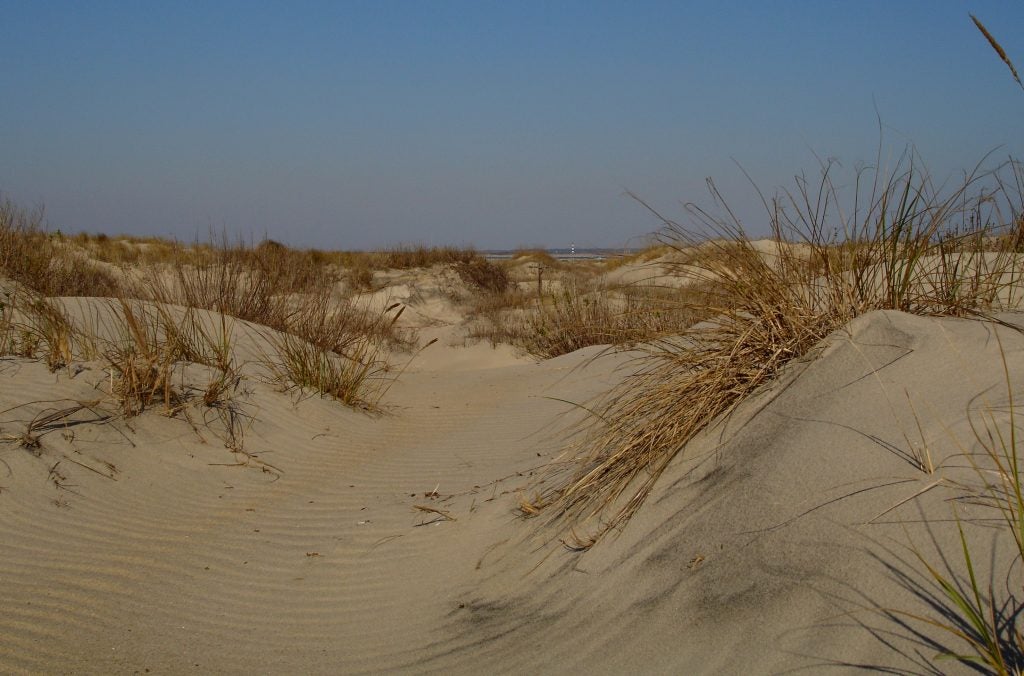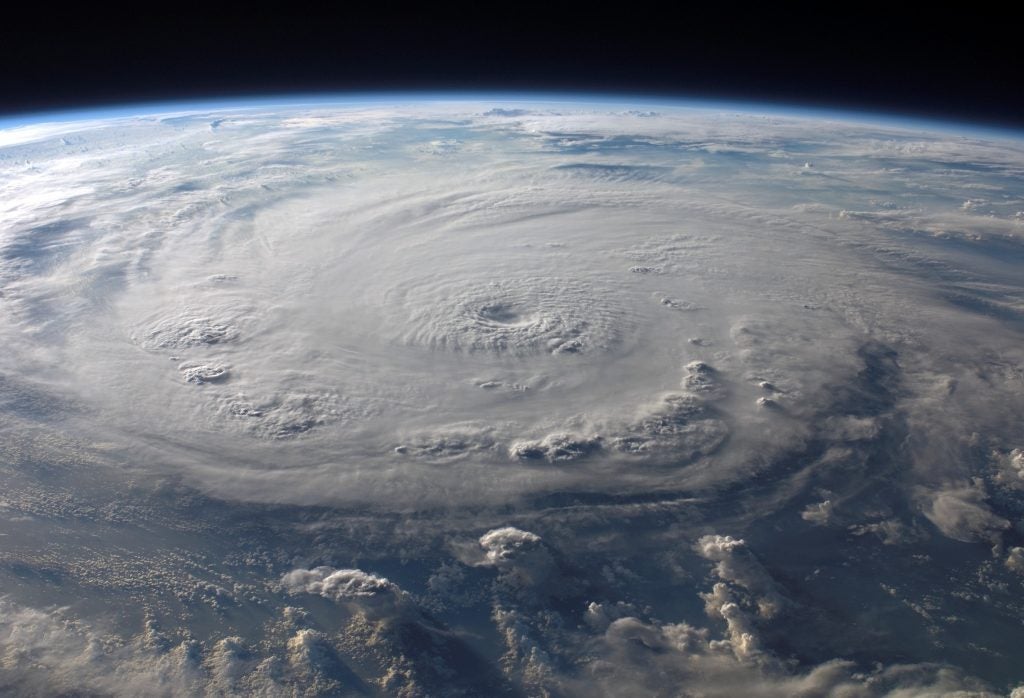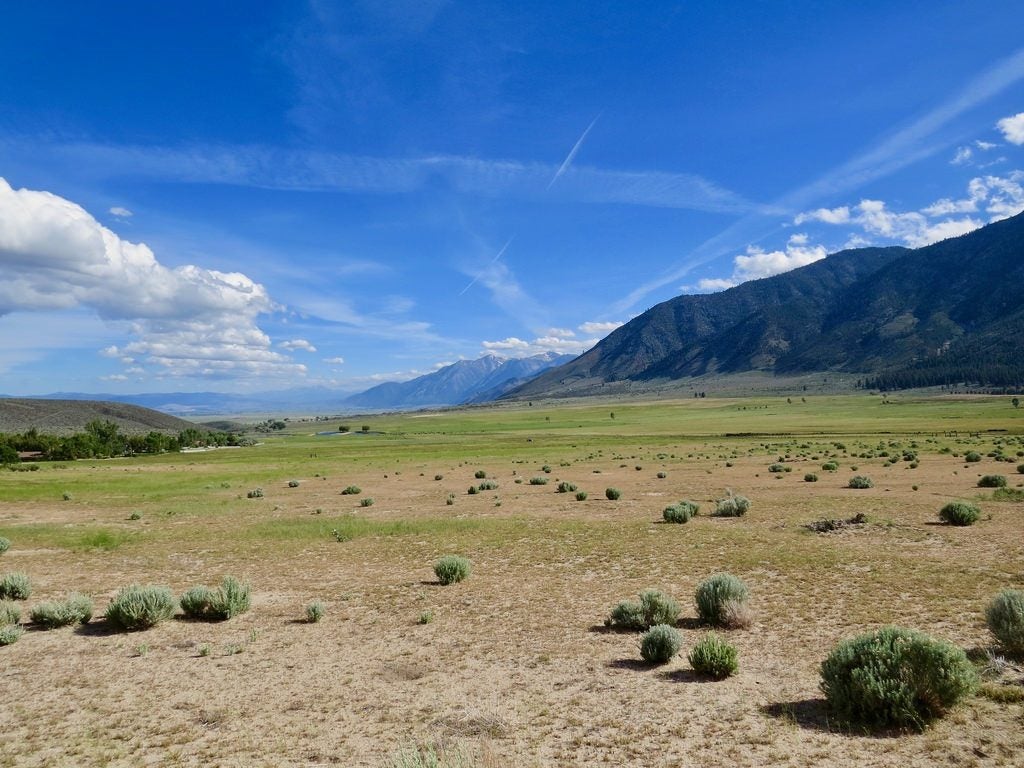Florida and North Carolina are once again recovering from hurricanes – this time, from two of the largest storms to hit our coasts in a century. In a climate-driven world, an important aspect of recovery is rebuilding in ways that make communities safer and more resilient to storms.
One strategy for reducing future flood risks is restoring natural features such as barrier islands, dunes, wetlands and floodplains. These natural infrastructure solutions help slow storm surge and hold flood waters, reducing the devastating impacts of storms.

Even where a dune was completely lost during a storm, it did its job. A dune’s job is to be a chew toy for waves, so that roads and houses aren’t being chewed on. (Photo Credit)
Yet, despite what we know about the effectiveness of these features, natural infrastructure is still an underutilized resilience strategy.
While there is broad agreement that natural infrastructure can be an effective, sustainable means to reduce flood damages, existing information gaps make it difficult for city planners, engineers and decision-makers to fully support these practices. The good news is there is work already underway to help fill these gaps and make natural infrastructure solutions more accessible. Read More











